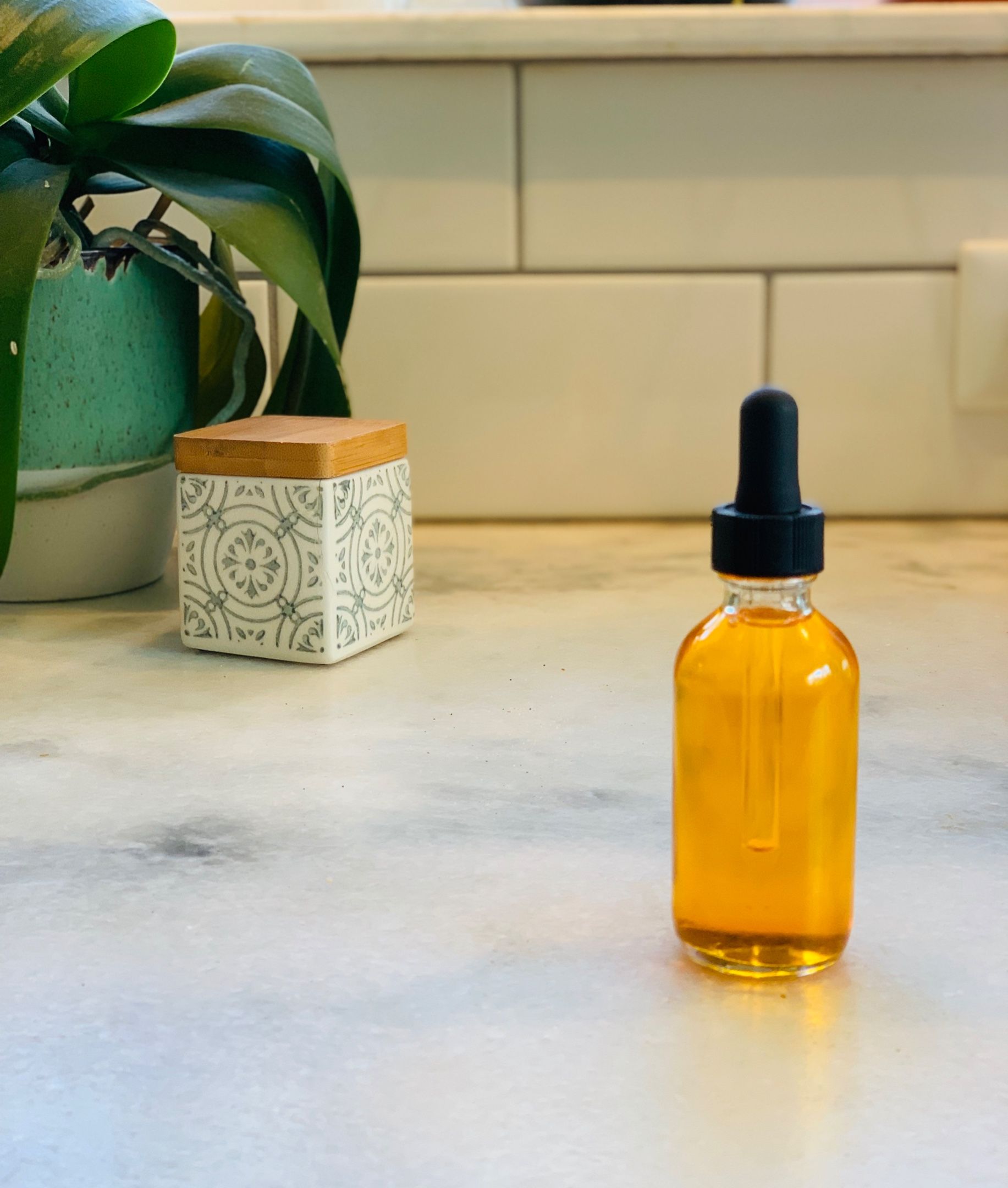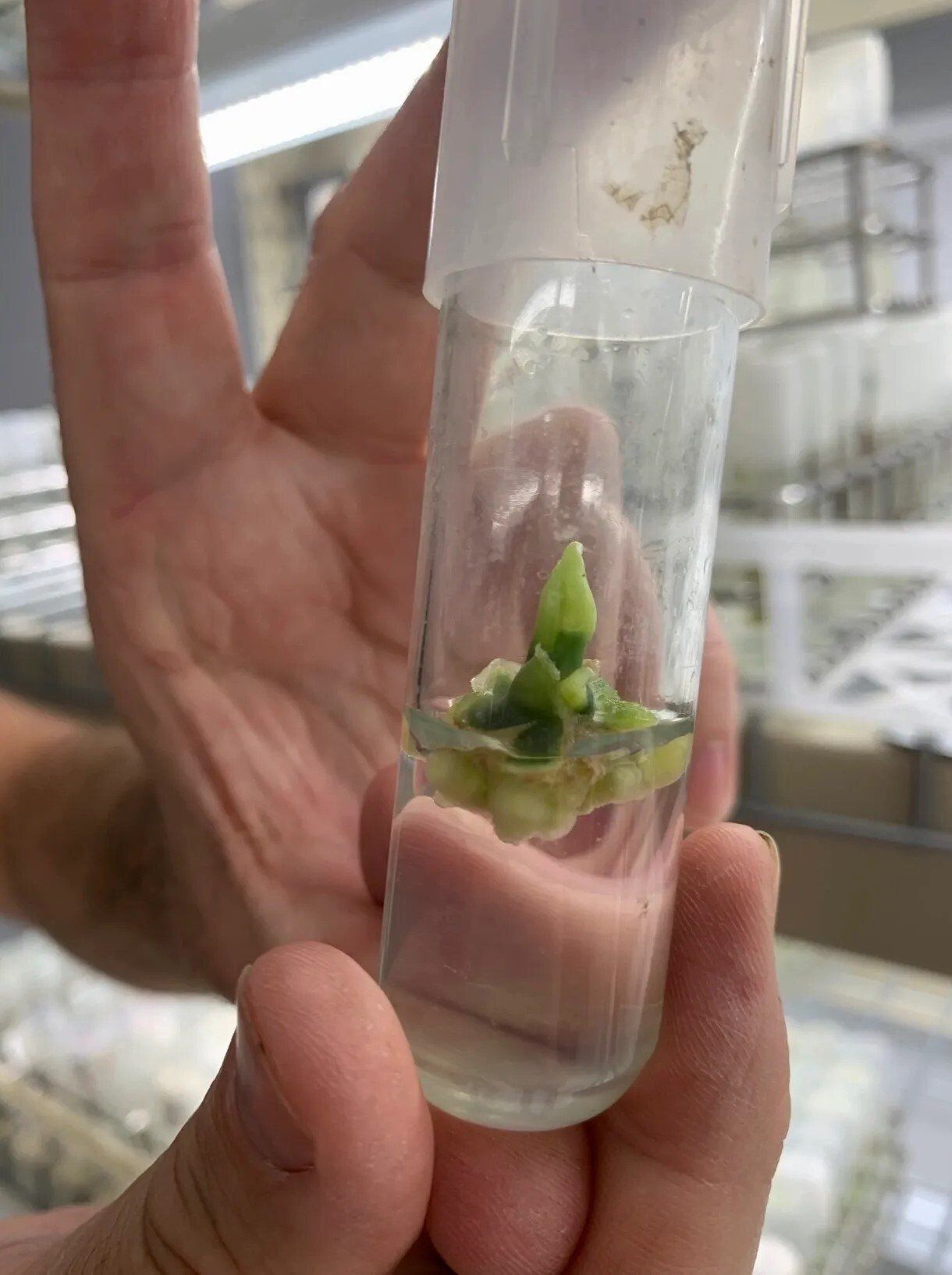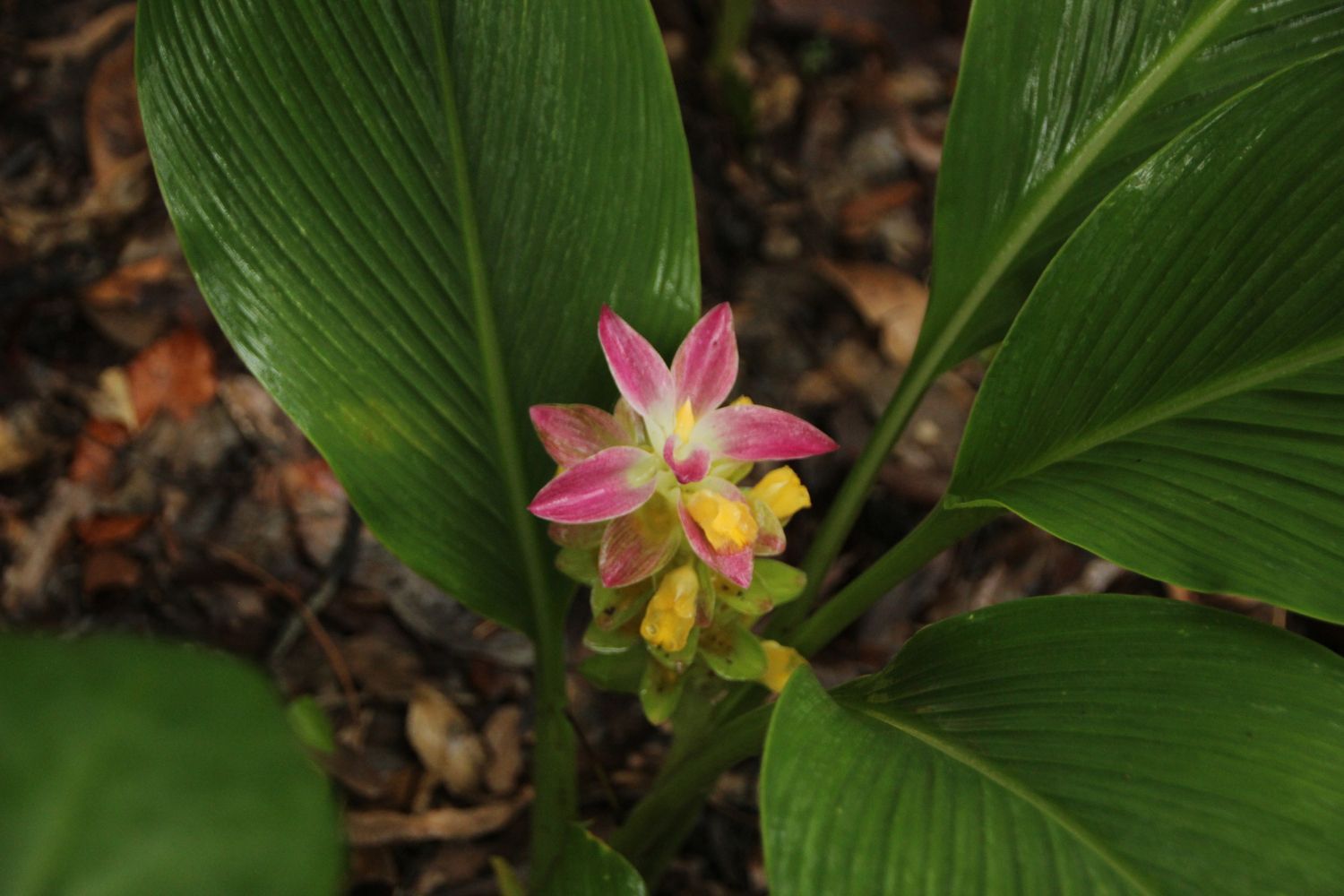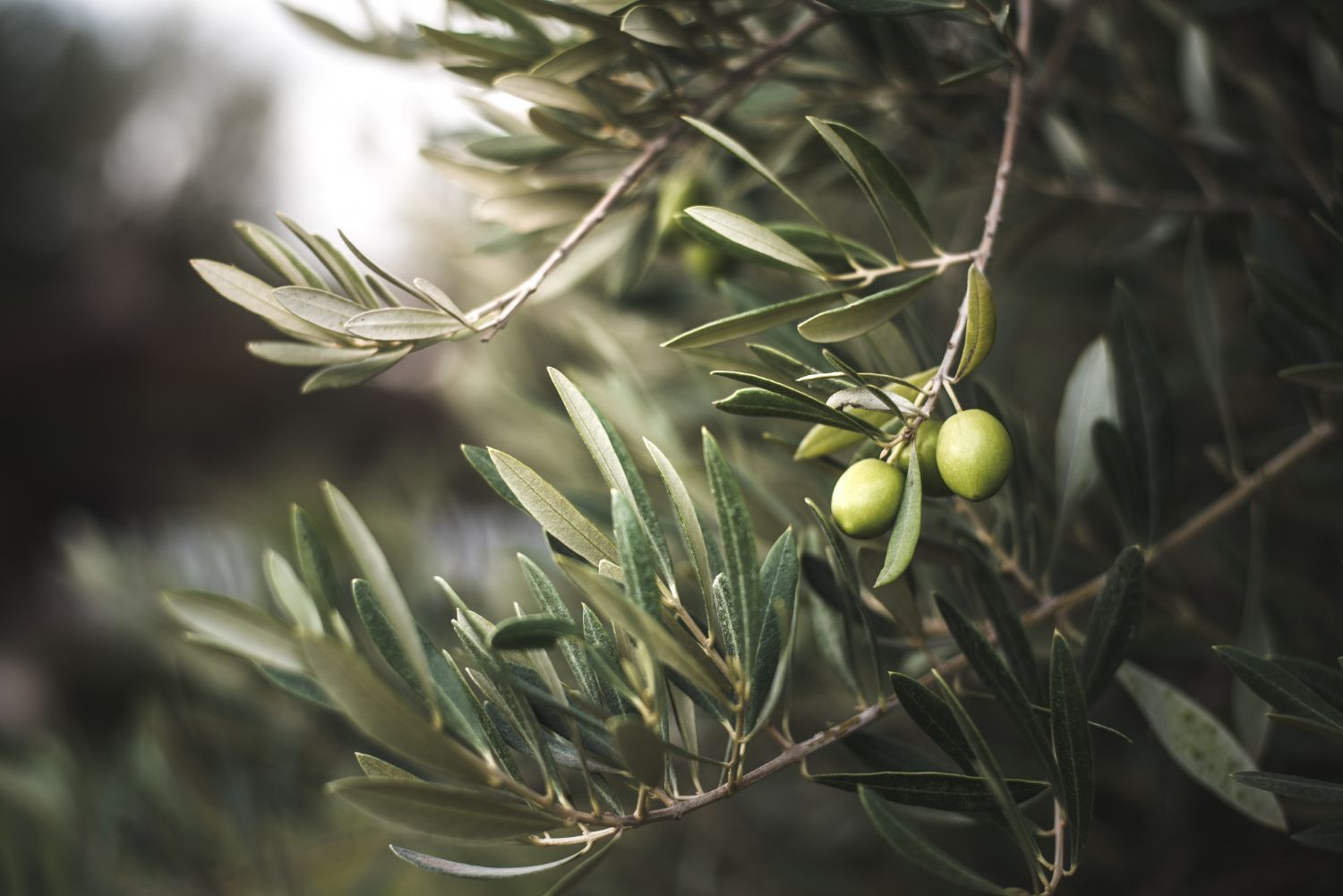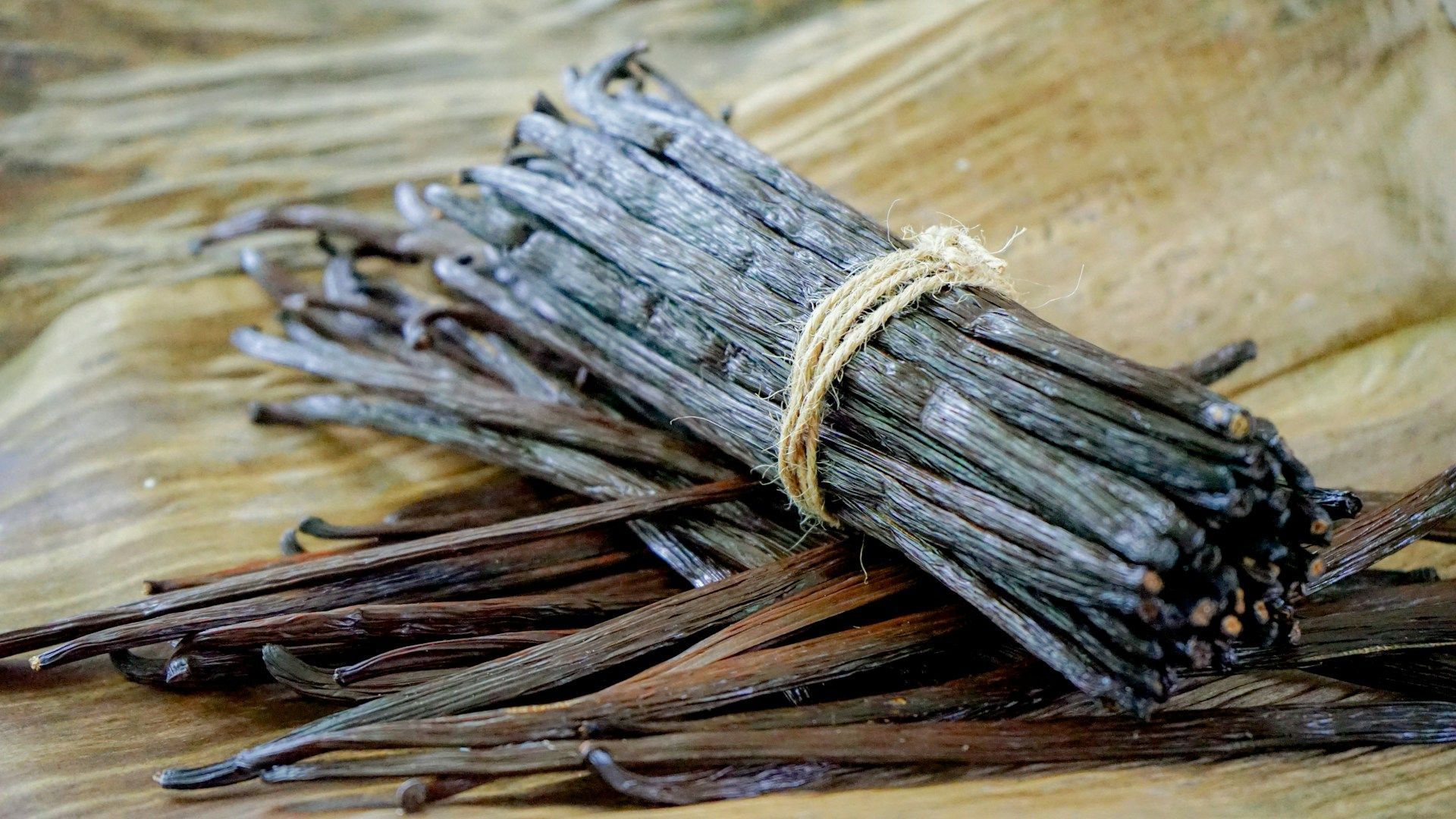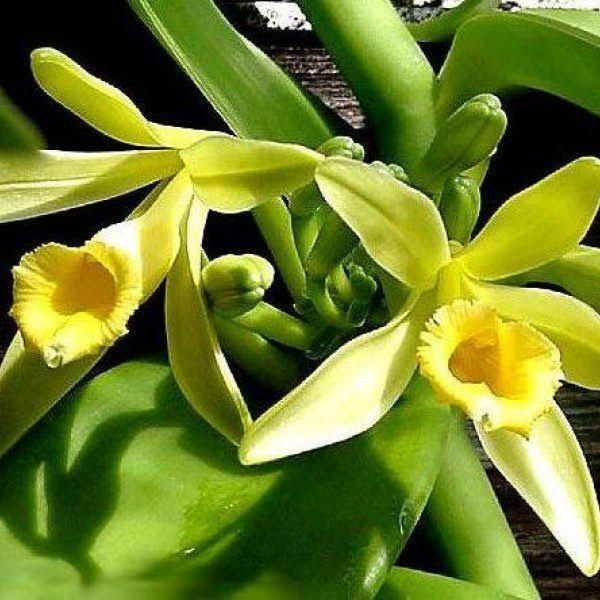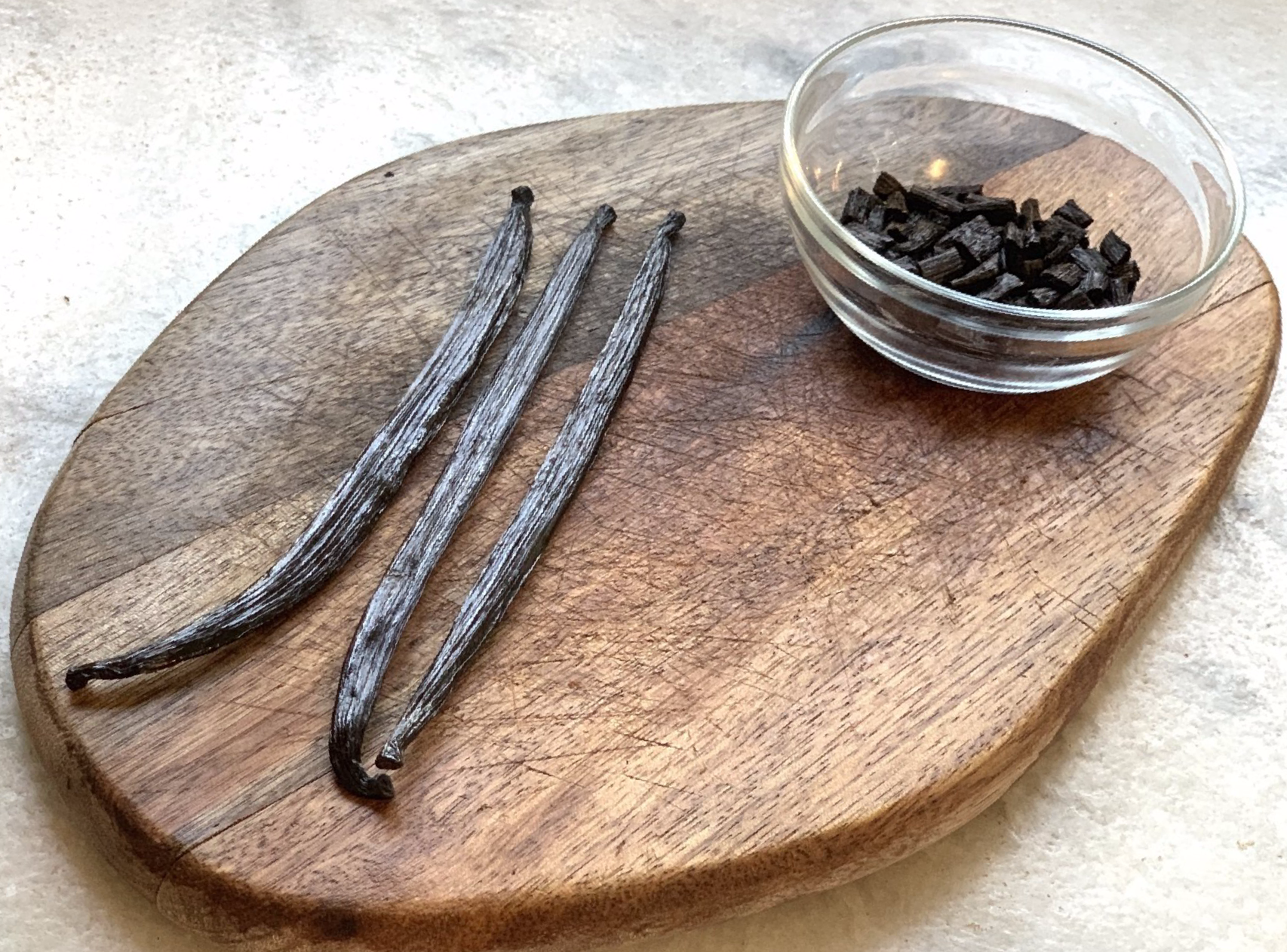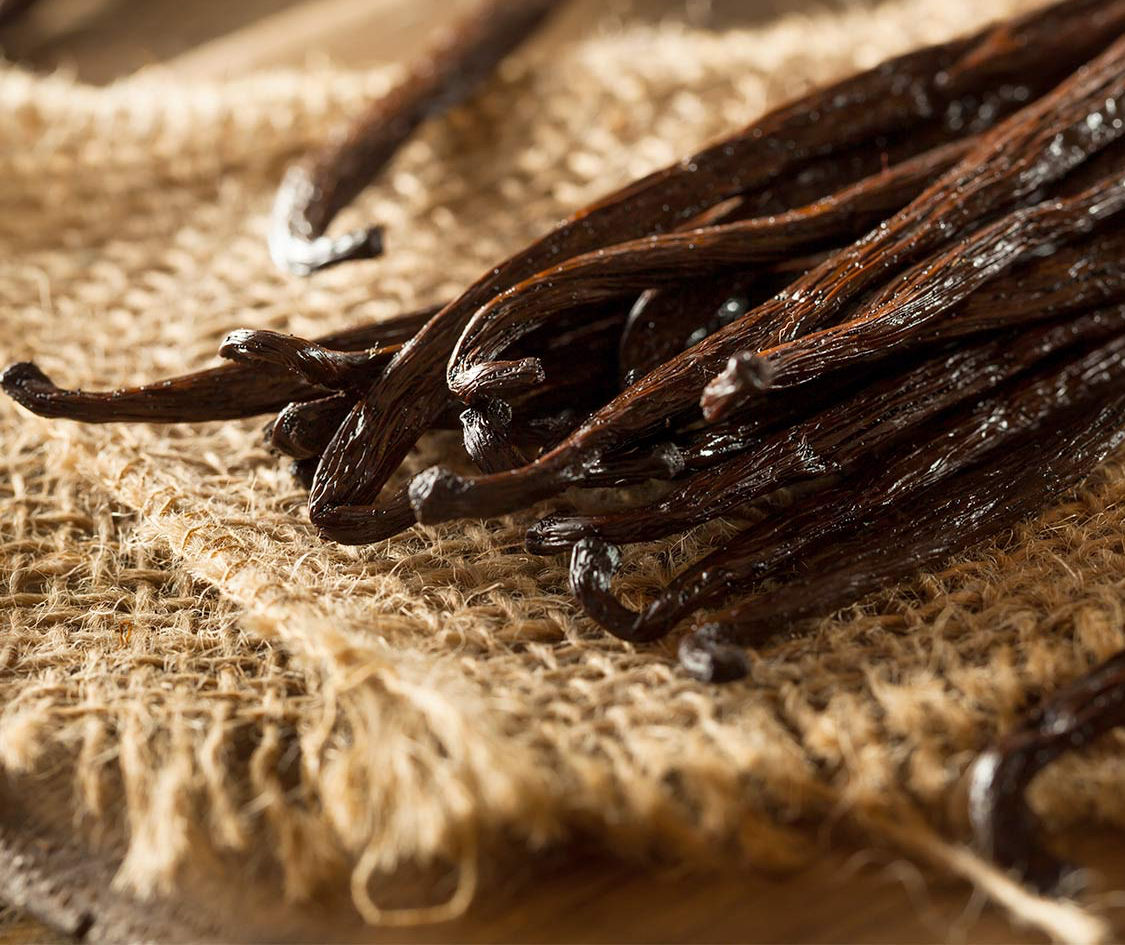Troubleshoot Your Homegrown Olive Trees
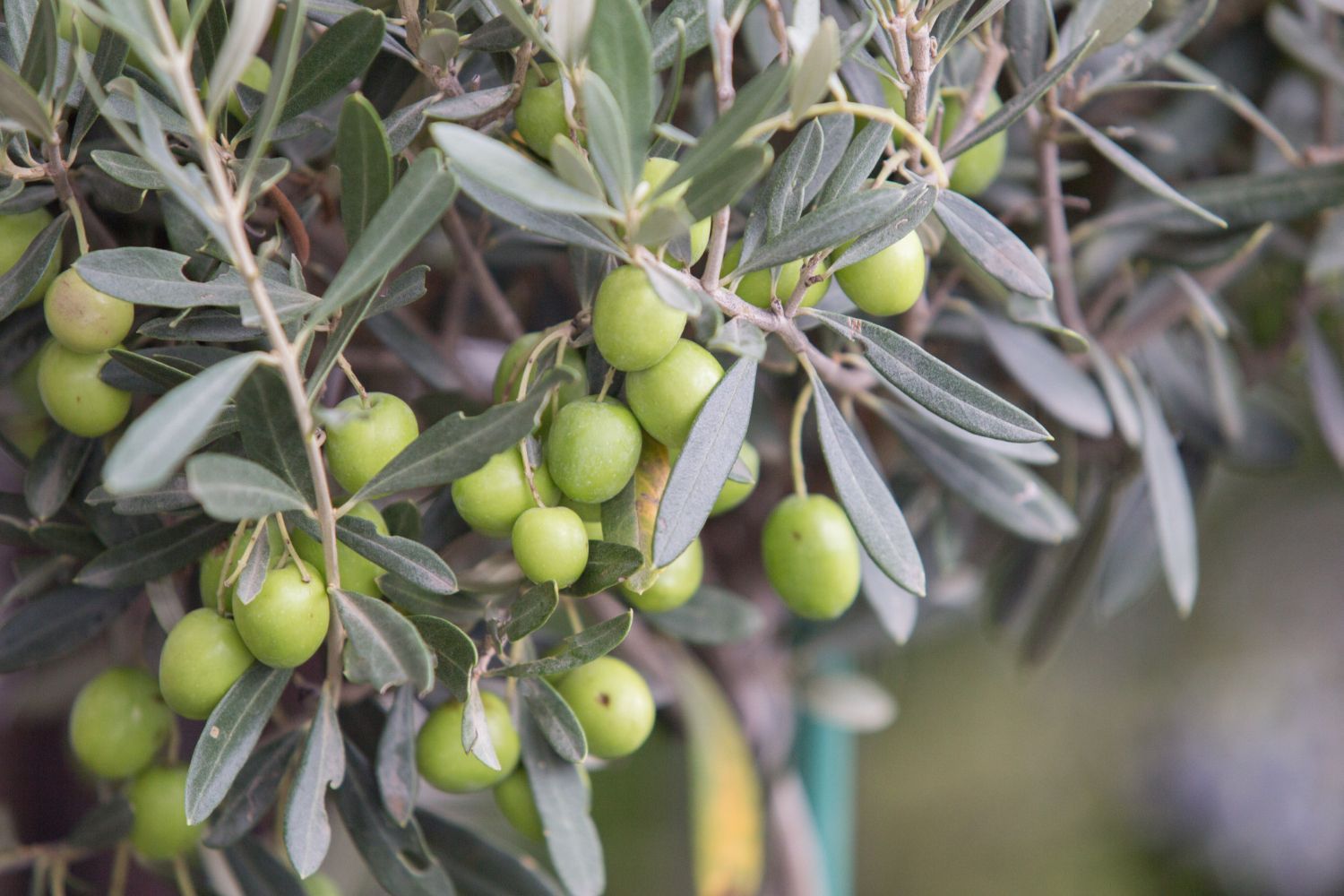
Taking care of homegrown olive trees can be a rewarding hobby, especially for folks living in Florida. Known for its warm sunshine, Florida offers great conditions for cultivating olives. However, these trees, just like any other plant, can run into their share of problems. Whether you're dealing with pesky insects or noticing unusual spots on the leaves, troubleshooting these issues is essential to keep your trees lush and thriving.
Understanding the importance of addressing these challenges early can make all the difference in ensuring a healthy growth cycle for your olive trees. From warding off diseases to adjusting care routines, each aspect plays a part in supporting your trees through the various seasons. Let's explore some common problems often faced by olive growers and straightforward solutions to help you get the most from your backyard grove.
Common Problems Facing Homegrown Olive Trees
Olive trees, though hardy, can sometimes fall victim to various issues that may hinder their growth and productivity. Here are a few problems you might encounter:
1. Pests:
Olive trees can attract a variety of pests, including the olive fruit fly and the black scale. These critters can damage the leaves and fruit, leading to reduced yields.
2. Diseases:
Common diseases such as peacock spot and verticillium wilt are prevalent. These diseases can cause discoloration, leaf drop, and even death of the tree if not treated promptly.
3. Environmental Stresses:
Lack of water, poor soil conditions, and extreme temperatures can put your trees under stress. This can stunt growth and make them more susceptible to pests and diseases.
Recognizing these problems early can help in managing them effectively. For pests, check the leaves and fruit for signs of infestation, such as holes or sticky substances. Diseases often manifest as spots or patches on the leaves. Environmental stresses usually result in drooping leaves or a general decline in plant vigor. By being vigilant and examining the trees regularly, you can catch these issues before they escalate. This proactive approach will ultimately lead to healthier trees and more bountiful harvests.
Effective Solutions for Pest Control
Once you've recognized what pests are troubling your olive trees, the next step is managing them efficiently. There are several ways you can tackle these issues without resorting to harsh chemicals. For example, introducing beneficial insects like ladybugs can control pest populations naturally. These little helpers eat a variety of harmful insects, keeping your trees safe while letting nature do the work.
Another key strategy is to keep your garden clean by removing fallen leaves and debris, which can harbor pests. Setting up physical barriers such as nets can also prevent insects from reaching the trees. This simple addition can make a significant difference in keeping pests at bay.
Additionally, regularly inspect your trees for signs of infestations and act quickly if you notice any. In case of severe pest problems, consider consulting a professional who can provide more targeted solutions. Taking these steps helps keep your olive trees healthy, so they remain fruitful for seasons to come.
Addressing Disease and Fungal Infections
Diseases can pose a serious threat to olive tree health, but understanding how to address them can prevent long-term damage. Verticillium wilt, for instance, causes leaves to wilt and branches to die back. The trick is to prune affected areas to stop the spread and dispose of the cuttings to avoid contamination.
Peacock spot, another common issue, leads to unsightly lesions on leaves. Regular applications of copper-based fungicides in the cooler months can help manage this problem and prevent it from worsening. Adjust your watering practices to ensure that foliage doesn't remain wet for extended periods, as excess moisture often triggers fungal issues.
Remember, early detection is crucial. Regularly check your trees, especially after wet weather, and apply treatments as needed. By being attentive, you'll catch infections before they take hold.
Optimizing Growth Conditions
Ensuring your olive trees receive the best possible growing environment plays a huge role in their overall health. Sunlight is vital, so make sure your trees are planted in a spot that gets at least six hours of sun per day. If they're not getting enough light, consider trimming nearby plants that might be casting shade.
Water management is equally important. While olive trees are drought-tolerant, they still need consistent watering, especially during dry spells. It's best to water them deeply but infrequently to encourage roots to grow strong. Pay attention to drainage too; soggy roots can lead to disease, so add compost or sand to improve soil drainage if needed.
Lastly, olive trees thrive in slightly alkaline soil. Test your soil pH occasionally and amend it with lime if it's too acidic. These adjustments make a noticeable difference and help cultivate a thriving olive tree that stands strong against most challenges.
Ensuring Robust and Productive Olive Trees with Sunshine State Vanilla
Taking a proactive approach to caring for your olive trees makes all the difference. By identifying pests early, addressing diseases swiftly, and optimizing their living conditions, you build a strong foundation for their health and fruitfulness.
Regular monitoring is key. Keeping an eye on your trees and responding promptly to any signs of trouble ensures they stay in top shape. The goal is to enjoy lush and productive trees for years, bringing a little bit of Mediterranean flair to your outdoor space. By keeping these tips in mind, you're well-equipped to tackle any challenges your olive trees might face.
Wrap up your gardening journey by ensuring your olive trees remain robust and productive. If you’re considering adding more greenery to your space, check out our collection of
olive trees for sale at Sunshine State Vanilla. By selecting the right plants for your environment, you can transform your yard into a thriving oasis.
